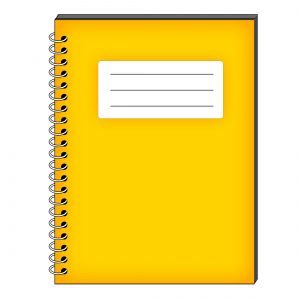Are you unorganized and overwhelmed and not sure how you’ll ever be able to increase your productivity? Is your work area a disaster zone with papers strewn across your desk, no processes in place to complete daily tasks and excessive information coming at you both online and off?

The problem is that this state of physical and mental disorganization and overwhelm can spill over into your personal life too. This is especially true for home based business owners because our personal and business lives are so interconnected and it’s important that we are managing our time wisely.
But how did you get to this state of disorganization? It probably crept up on you as your business was growing and you started focusing more on the work at hand and less on managing your office.
How can you get from disorganized back to organized and increase your productivity? The solution is simple if you follow these 3 rules and start streamlining your systems to manage the overwhelm:
Rule #1: Clear your desk. Before you jump into your work day, take 10 to 15 minutes to clear your desk and clear your mind saving you more than the time you invested. Make sure you have a procedure in place to keep your work area tidy and ensure paperwork is easy to access. Tools such as literature organizers to sort paperwork and containers for your writing utensils will make it easier to maintain your office space and manage your records.
Rule #2: Document your processes. Every time you do something for the first time it’s a good idea to make step by step notes. If you haven’t been doing this, start now. Again, it may take a little bit of extra time to document but you will have a reference to assist you with the task the next time and it will save you time in the long run. This is especially helpful if it is a task that you don’t repeat on a regular basis. And this information will be invaluable when your business has grown to the point that you decide to outsource or subcontract out work in the future. Make sure you document your notes within a Word document with separate headings for each topic or in a notebook or binder dedicated only to recording procedures. You don’t need more loose paper to manage.
Rule #3: Manage your information. Avoid information overload and stockpiling unneeded information. We collect so much information and it often isn’t organized in any specific way. There is so much useful information out there and some that we collect we don’t need to use right away. Start up one file to collect all this information. I have created a file I call “Tips and Tools” within my Outlook Tasks. It’s a simple table with the following headings where I can copy and paste all the info in point form that comes across my desk or inbox for easy reference when needed: “Company Name/Site Name/URL”, “Function” and “Details”. You can set up a similar system either in Word or within a notebook or binder. Now you have a handy reference and you can delete the emails or recycle the papers containing the original information. No more searching in various places as all the information is now in one place.
Initially it will take some time and energy to get from a state of disorganization to an orderly efficient system. Stick with this plan for several weeks and you will increase your productivity as you manage your time more wisely. In a couple of months you will be reaping the rewards of greater productivity.
